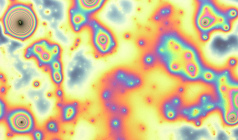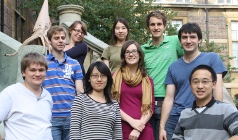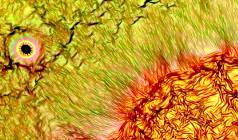Team:Cambridge
From 2011.igem.org
| Line 76: | Line 76: | ||
</div> | </div> | ||
<div class='cam-home-box-content'> | <div class='cam-home-box-content'> | ||
| - | <p>We wanted to know | + | <p>We wanted to know what effect the iGEM competition has had on its previous contestants.</p> |
| - | <p>To this end | + | <p>We were also interested in what past participants thought of iGEM and how it shaped their view of synthetic biology.</p> |
| + | <p>To this end we got in touch with a number of previous iGEMMERS and asked them about their experience.</p> | ||
</div> | </div> | ||
</div> | </div> | ||
Revision as of 19:55, 20 September 2011
Abstract
We investigated the properties of a novel yet under-researched group of proteins called reflectins.
Reflectins are interesting because of their self-organising properties, which cause them to produce dynamic structural colour.
We expressed codon-optimised reflectin in E.Coli, and observed the protein's in vivo and in vitro effects.
Structural Colour
Nature’s colours don’t just come from pigments, but from structure too.
Cephalopods camouflage themselves using intracellular structures made from reflectins.
These are the only known proteinaceous structures to exhibit structural colour. They are inspiring a new class of responsive optical materials.



Impact of iGEM
We wanted to know what effect the iGEM competition has had on its previous contestants.
We were also interested in what past participants thought of iGEM and how it shaped their view of synthetic biology.
To this end we got in touch with a number of previous iGEMMERS and asked them about their experience.
Tools
We used Gibson Assembly exclusively for construct assembly during the competition, allowing us to assemble plasmids faster and with greater ease than would be possible using standard techniques.
We contributed to a collection of software tools called Gibthon (initiated by Cambridge iGEM 2010), which aids the design of primers for Gibson assembly.
 "
"
